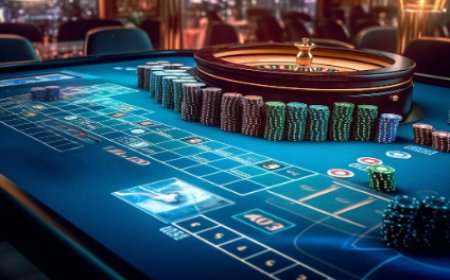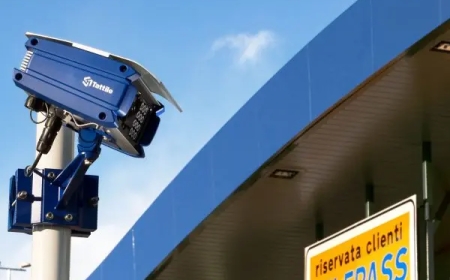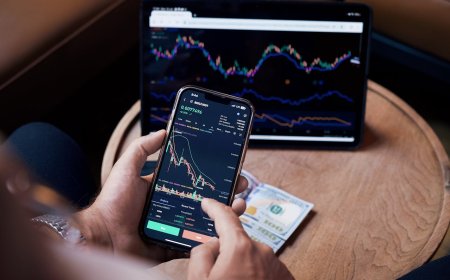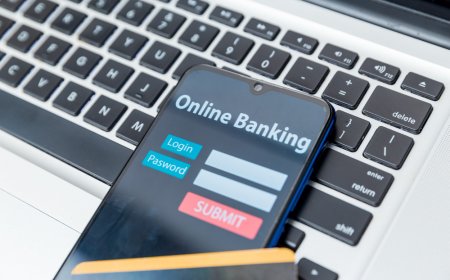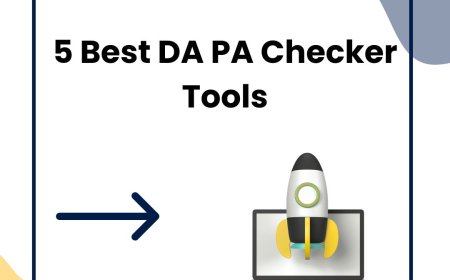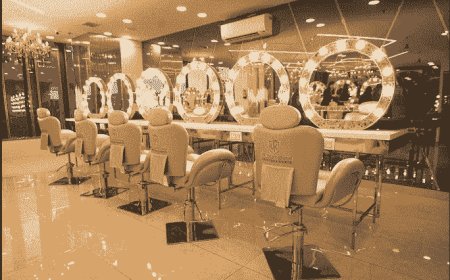HOW TO CAN WE IDENTIFY FAKE EUROS
To identify fake euros, it's essential to be aware of various security features and signs that differentiate genuine notes and coins from counterfeits. Here’s a structured guide on how to spot fake euros:
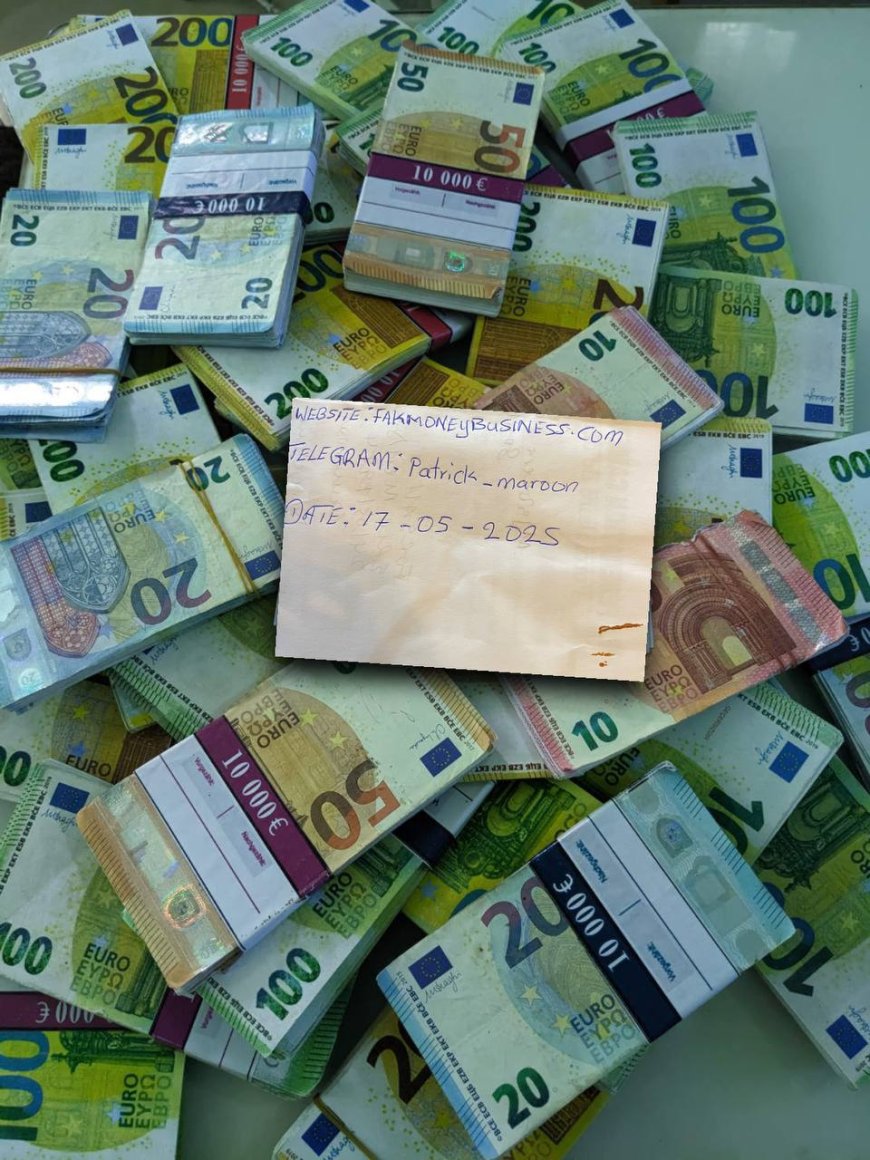
To identify fake euros, it's essential to be aware of various security features and signs that differentiate genuine notes and coins from counterfeits. Heres a structured guide on how to spot fake euros:
1. **Security Features in Euro Banknotes**
- **Watermark**: Genuine notes have a watermark of the portrait featured on the note, visible when held up to the light.
- **Security Thread**: A thin security thread runs through the note and is visible from both sides. It appears as a dark stripe.
- **Color-Changing Ink**: The number on the front of the note changes color when tilted.
- **Microprinting**: Small text can be seen under magnification, which is difficult to replicate accurately.
2. **Feel and Texture**
- **Paper Quality**: Authentic euro notes are made from a special cotton paper that feels different from regular paper. They should feel crisp and firm.
- **Raised Print**: The printing on genuine notes has a slightly raised texture, especially on the denomination number.
3. **UV Light Test**
- Under UV light, certain elements on the banknote will glow, such as the security thread and certain patterns that are not visible in regular light.
4. **Coins Security Features**
- **Weight and Size**: Genuine euro coins have specific weights and sizes. If a coin feels too light or too heavy, it may be counterfeit.
- **Edge Design**: Each denomination has a unique edge design that can help in identification.
5. **Common Signs of Counterfeit**
- **Poor Print Quality**: Blurry images or text can indicate a fake.
- **Incorrect Colors**: If the colors appear off or faded, the currency may not be genuine.
- **Inconsistent Features**: Compare with a genuine note or coin; any discrepancies in design can signal a counterfeit.
Conclusion
Regularly checking for these features can help you identify fake euros effectively. If you suspect a note or coin is counterfeit, it's best to take it to a bank or local authorities for verification.
For more detailed information, you can refer to articles on counterfeit euros and their detection methods:
- [Euro Counterfeiting](https://www.europol.europa.eu/crime-areas/forgery-of-money-and-means-of-payment/euro-counterfeiting) - Europol, October 13, 2023
- [How to spot fake 20 notes](https://www.thesun.ie/money/14022984/how-spot-fake-euro-notes-gardai-phoney-seizure/) - The Sun, October 17, 2024
- [Counterfeit euros: Fake it til you make it](https://www.aljazeera.com/features/2014/12/19/counterfeit-euros-fake-it-til-you-make-it) - Al Jazeera, December 19, 2014
Feel free to ask if you need more information! And also on how you can avoid to buy fake euros as it is hihhly illegal to do so











